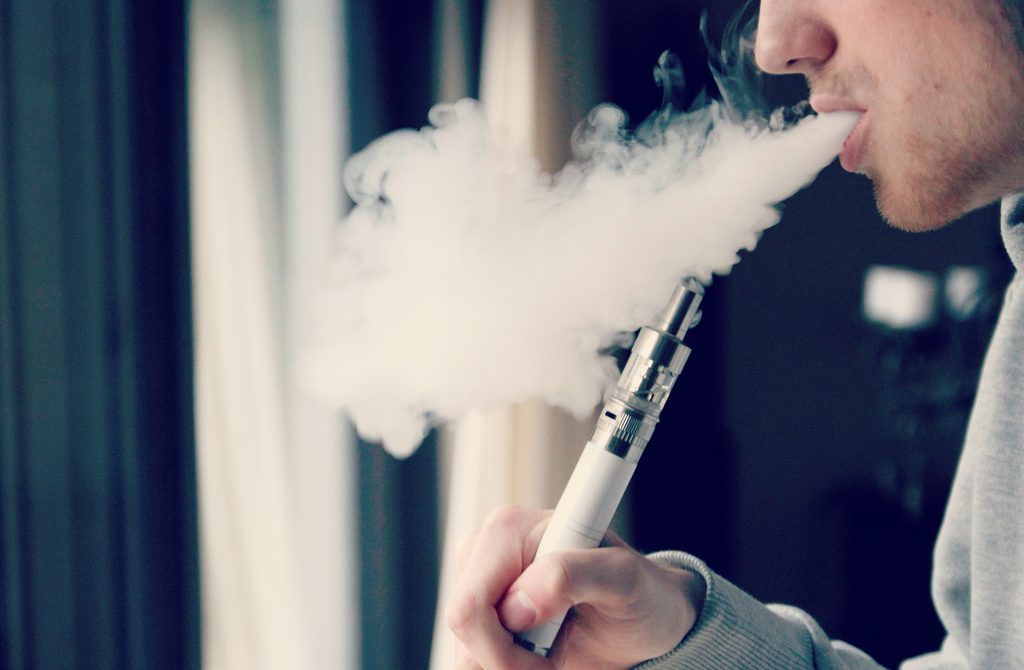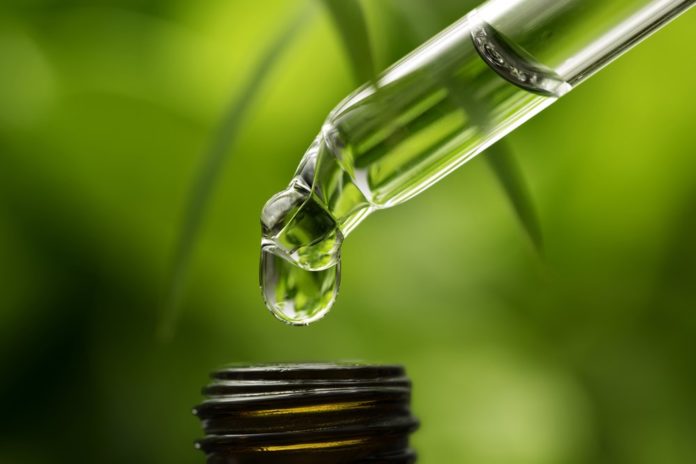After the long imposed ban on cannabis was recently lifted, people are flocking to dispensaries to purchase it the legal way.
The measurements of weed in these certified dispensaries are quite similar to the ones assigned by illegal drug dealers. However, new users, who have had their doubts about Marijuana just recently, removed, will need a guide to the terminologies and most common weed measurements. They don’t want to stroll into a marijuana store, ask the bartender for 1 plate of weed, and make a fool out of themselves.
Also, Marijuana, if ingested or smoked in excessive amounts, can lead to severe anxiety attacks and other complications. This is one of the main reasons why it’s extremely important to know its dosage or amount.
Units Used for Weed Measurements
The standard unit to measure very small quantities of weed is grams. For larger quantities, an ounce is used. I know, both units belong to two totally different metric systems and might confuse you at first, but as the article progresses, you will get a better hang of things.
How Much is a The Gram / “dime bag”?
A dime bag is the lowest quantity available at a dispensary. It is equivalent to 0.5 grams.
Most dispensaries don’t normally sell cannabis in such insignificant amounts and will sell 1 gram full joints instead. If you’re still a novice in the world of cannabis, this is where you should start. A gram will last you at last 2 to 3 smoke seshes. We would strongly advise against going hard on your first hit. Only when your body develops a respectable tolerance for microdoses, should you opt for larger amounts.
A dime bag will cost you close to nothing. Depending upon the strain of cannabis, its price may vary between 10 and 20$. Some dispensaries also offer you a one gram pre-roll completely free of cost, provided you buy something along with it.
How much is an Eighth of Weed?
1/8th of an ounce or 3.5 grams of weed is what you call on the streets as simply “an eighth”. This quantity will let you get used to a particular strain of cannabis and will last you at least 2-3 weeks, considering you’re not wasting it away day and night. If you’re a heavy user, you may have to make further arrangements after just one week.
How much is a Quarter of Weed?
Okay, now we’re stepping into the bigger leagues. 1/4th of an ounce is equivalent to 7 grams of weed. It’s twice the price and amount of an eighth. From this amount onwards, weed measurements will continue to increase twofold.
Users who have been using a particular strain for a while, and want to stick with it usually buy a quarter. Light users can live on a quarter for at least a month.
How Much Is a Half Ounce of Weed?
This weed measurement is blatant in itself. It is double the amount of a quarter, 14 grams to be precise.
This amount is a great choice for moderate users who want to stick to a particular strain for more than just a month. Also, heavy users, who have a knack for rolling a joint several times a day, may find this amount agreeable.
Again, if you’re an amateur user, steer clear from such significant amounts to prevent any sort of untoward glitches.
How Much Is an Ounce of Weed?
Most dispensaries don’t fare any farther than an ounce of weed. This is the regulated legal limit for buying cannabis in a single go. However, this limit may vary from state to state. As far as the state of Oklahoma goes, this is it.
Only seasoned cannabis users buy an ounce and it does cost them quite a lot. Sometimes, the highest grade ounce of cannabis may have a staggering price tag of 500$.
Before purchasing such a staggering quantity, think what you’re going to use it for. Are you going to share it with your friends? Do you need it to treat a distressing medical condition, such as asthma? Storing it for long will only make it stale. So make sure you’re intentions are clear and you don’t end up splurging your hard-earned money.








